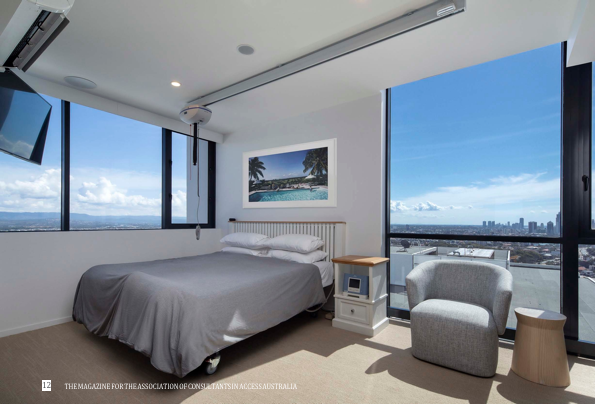
The Journey to Independence
When I became a C2 ventilated quadriplegic at 19 years of age following a rugby accident 25 years ago, living with independence in my own home didn’t seem like an option.
And in reality, homes designed to adequately support people with high-supported needs to live independently simply didn’t exist until more recently and even now, are few in number. And when I’m referring to ‘homes’, I’m not talking about institutions or nursing facilities – I mean real dwellings where people would want to call home; in locations where people would want to live.
However, there are more than 28,000 Australians requiring supported specialist accommodation, while there are currently only 4,000 such dwellings available across the country.
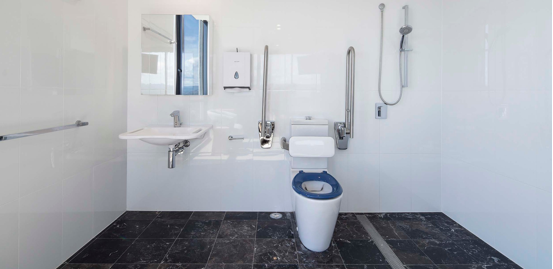
Fortunately, this is starting to change, with a growing number of Specialist Disability Accommodation (SDA) providers working to build more suitable dwellings for NDIS participants.
With cutting-edge technology, specialised modifications and home automation, I am now able to live in my own apartment in Broadbeach on the Gold Coast. The new-found freedom I can now enjoy thanks to my new home is a dream come true. I’m spreading the word to help more people, like me, make the move to a place that suits their specific requirements and that they can call their own.
NEED HELP? JUST ASK
Living independently doesn’t mean there’s no help available. In fact, most SDA homes boast 24/7 support – in the form of a number of devices and virtual assistants. Property and technology have been evolving hand-in-hand for many years, but it’s only been more recently that ‘smart living’ has been applied to disability housing.
The results speak for themselves – literally – as I rely on virtual assistants to control my environment and automate home features and appliances.
A simple command to Google Home or Amazon’s Alexa allows me to open doors, control lighting, room temperature, music, entertainment and much more, with just a few words.
This eliminates many of the mobility and accessibility issues that I would usually have with these tasks, and gives me complete control of my home environment, without any help required from another person.
For example, I can now take myself to my bedroom and close the door behind me with the command of my voice. This my seem like an insignificant action for most people, but for me, being able to do this one my own without a carer is a taste of personal independence, privacy and control that I’ve not had for more than two decades.
The best part about the technology is that it can be optimised for different types of use, so people with speech challenges could access the home automation system with a touchpad or switch.
TECH IN THE BEDROOM
The bedroom is probably the area that includes the most assisted-living features, starting with motorised blackout roller blinds.
These blinds, which open and close on voice command, control light and air flow and importantly, help me get a good night’s sleep.
An automated ceiling hoist helps the transition from bed to wheelchair, and a wall mounted TV can be switched on and tuned to my favourite programs with a quick request to Alexa.
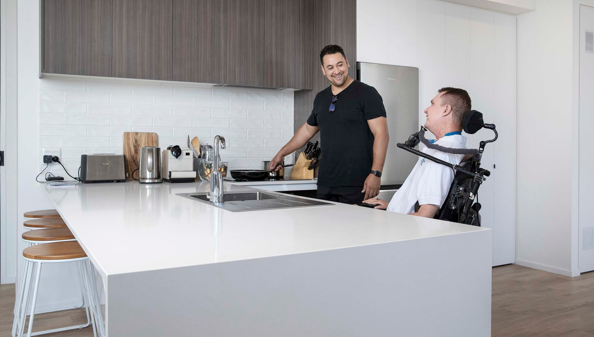
Air-conditioning is pre-set to temperatures recognised as ‘warm’ and ‘cool’ and I can ask Alexa to change settings to keep the bedroom comfortable throughout all seasons.
All lights, blinds and air-conditioning throughout the apartment are controlled through Alexa, which also opens and closes doors as I move through my home.
THE REAL TECHY STUFF
For those of you thinking it’s as easy as ordering a virtual assistant online and plugging it in, unfortunately it’s not.
The technology installed in my home to make this all happen seamlessly is beyond my comprehension. All I need to know is that there’s this incredible ‘black box’ in a cupboard that makes the magic happen.
For those of you who are interested, here’s some of the more technical stuff…
The main controller of all this automation is a WA 2200 next-generation Wave 2 access point that’s been re-designed with a high speed, quad-core chipset, faster set-up and configuration, and more advanced wireless technology to meet the demands of my smart home.
It’s designed to give the best possible performance for high-throughput and real time for latency-sensitive applications. It’s engineered with the latest high-speed chipset delivering faster speeds, greater reliability and smooth client, hands free interaction anywhere in the home.
The next-generation wireless technology, including beam-forming and Wave 2 MU-MIMO ensure high-throughput connectivity for bandwidth insensitive devices and real time applications.
As for controlling my entertainment, that’s done via the Control4 EA-3 Entertainment and Automation Controller V2, offering multi-room, high resolution audio and smart home automation for instantaneous, interactive one-screen access to all the systems in the home.
A built-in music server with three audio outputs delivers high-resolution audio throughout the home for my local music library, popular streaming music devices, and
AirPlay-enabled devices using native Control4 ShairBridge technology.
Got it?
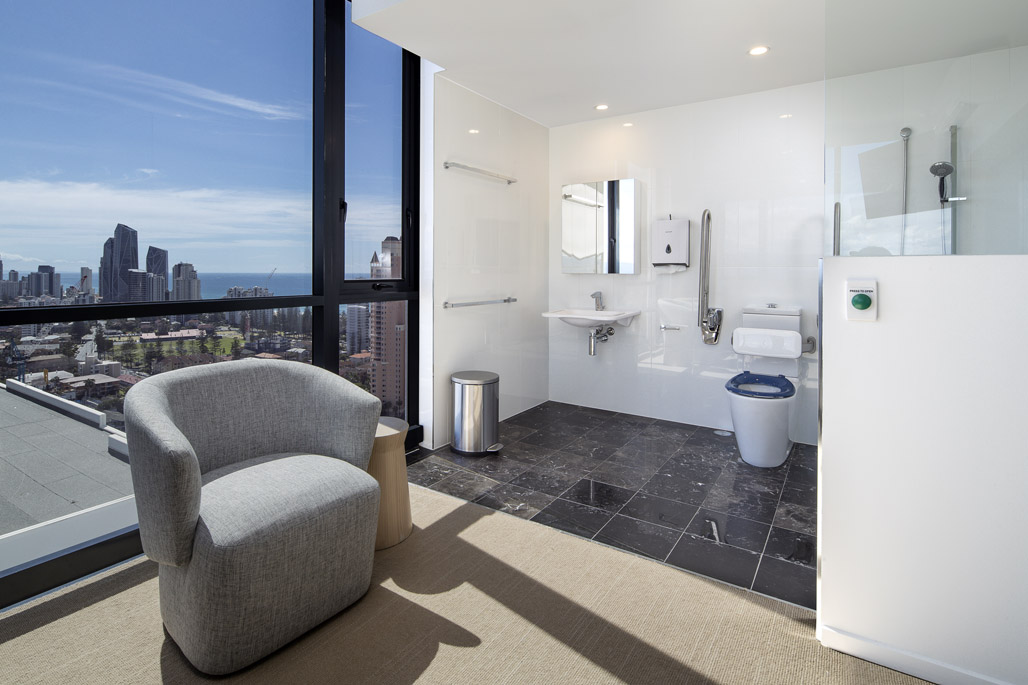
SMART DESIGN FOR EASY LIVING
While the wiring and technology that allows me to adapt my daily routine can’t be seen, there are a number of obvious, and important, modifications that make SDA homes liveable for people with mobility issues.
SDA providers build or retro-fit properties that are wheelchair-friendly by adjusting the walls, floors and fittings. Wider doors, hallways and open living spaces are a must to allow easy movement between the living, dining and bedrooms.
Within each of these spaces, there are no ledges or gaps in the flooring, ensuring seamless travel from the bedroom to the open ensuite, across the living area to the kitchen and out to my favourite space – the balcony, with views of the city and ocean.
A big part of living independently is being able to prepare your own meals. While my injury means I still require help with this, for many others a custom kitchen would make cooking possible.
Benchtops are adjusted to the correct height for a wheelchair, there’s ample room underneath sinks and stoves, and it’s easy to reach appliances and cupboards. This can all be adjusted should someone who is not in a wheelchair wish to use the space.
HOME IS WHERE THE HEART IS
Living in an SDA property isn’t just about independence; it’s also about quality of life.
At 44 years-old, I’d worn out the welcome mat with my parents and siblings and went looking for ways I could change my situation. The journey to my own home wasn’t all smooth sailing. I was lucky to have the right friends and support networks to help me get there.
There are so few SDA-approved homes that finding one proved all but impossible. Instead, my friends and I started Accessible Homes Australia (AHA) and went through the lengthy process of having it registered as an SDA-provider.
I now have a place to call my own, complete with all of the features I need to live comfortably. This includes a bright and airy study nook right next to the balcony so I can open the door to let in sea breezes.
My apartment is also designed for the comfort of guests, or my carer, with a second bedroom and bathroom.
I’m lucky to live right in the heart of Broadbeach, with restaurants and cafes at my doorstep and the light rail station just a short distance away. To be able to live in an everyday community has been life changing, and the access to amenities and infrastructure has given me even more freedoms. I now just catch the tram to my office!
MAKING THE MOVE
Eligible NDIS recipients can partner with an SDA provider, like AHA, to create their custom home, allowing them to make the move from living with family, in aged care facilities or a property that may not be suited to their needs.
To qualify for SDA accommodation, an NDIS participant needs to be assessed and a report prepared including letters from doctors, carers, support workers and family to satisfy criteria for SDA funding.
It can seem like an overwhelming process but help is out there.
We’ve decided to use AHA to help other people in situations like mine achieve the freedoms that I have now.
The move into a new, fully automated home that’s been designed to specifically meet my needs has changed my life.
Through AHA, we’ve combined my personal experience with disability and the SDA, with the
expertise of my builder and developer friends to build SDA homes in communities where people have access to lifestyle amenities, and connections to family, friends and work.
The ultimate goal is to ensure that no-one with high-care needs is forced to live in inappropriate settings, such as aged-care facilities, and that those who rely on the family home have the option to live independently. Having that choice is life changing.
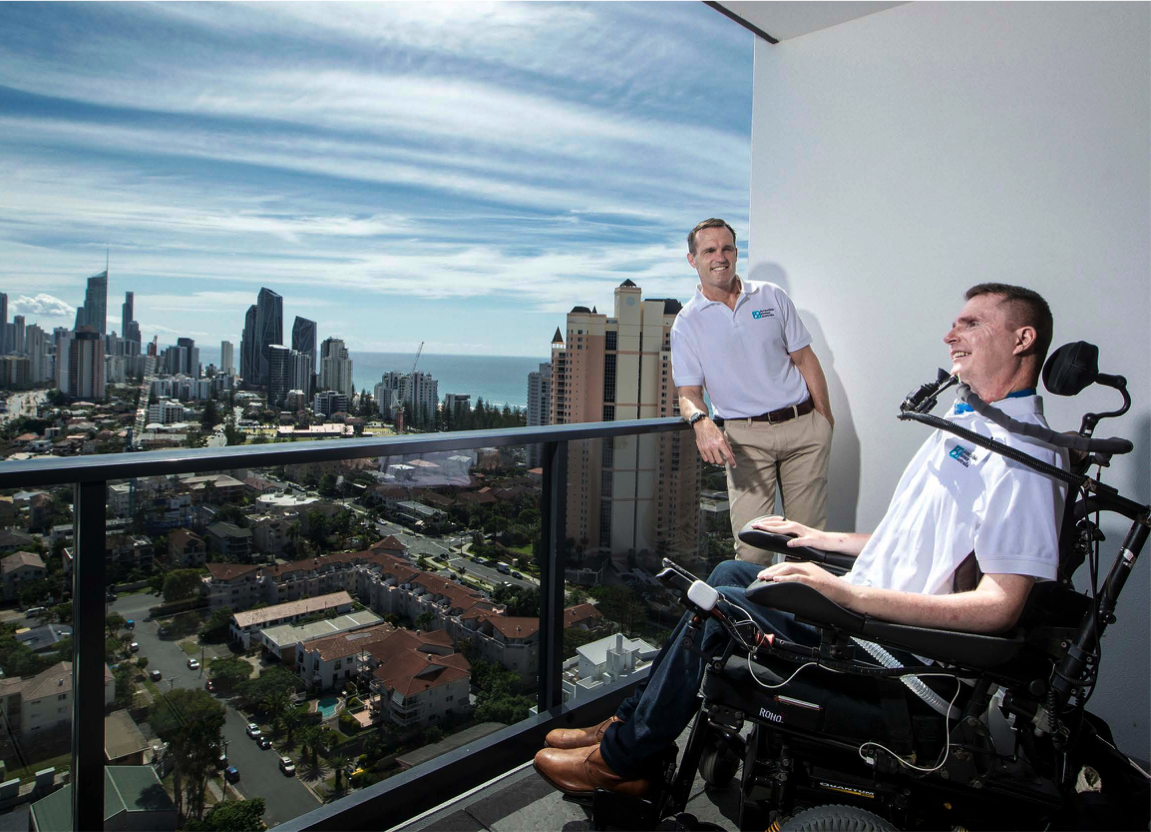
Featured in Access Insight, click here.
